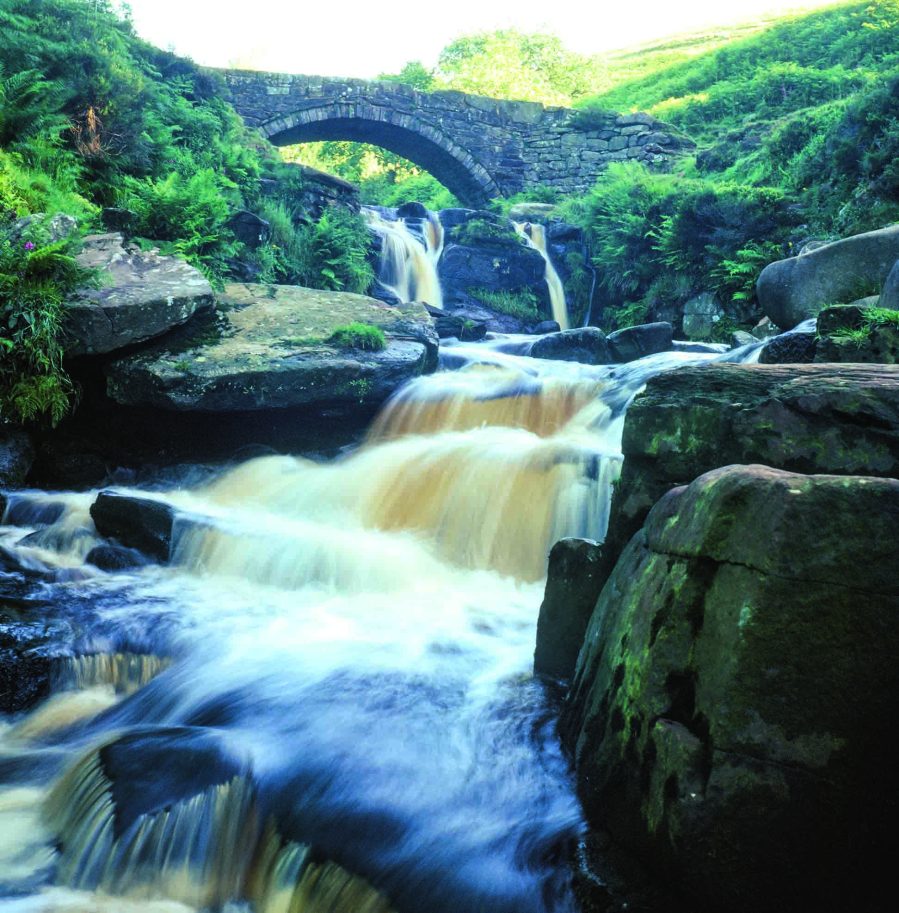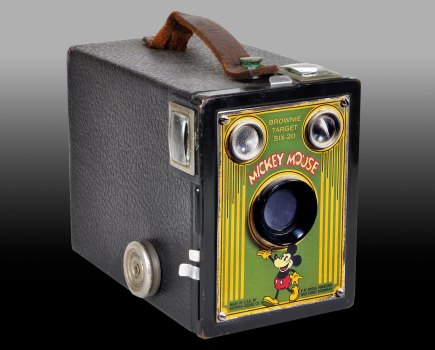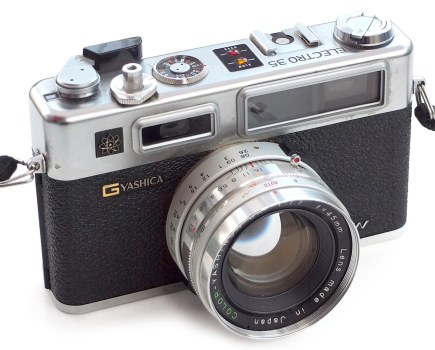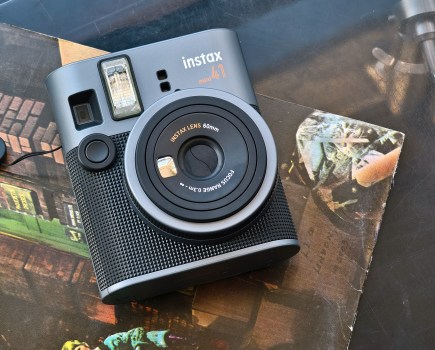Not so long ago film photography was on the verge of becoming a forgotten medium. But, despite being cast aside by a tidal wave of digital technology, a shrinking number of film manufacturers, photographers and printers refused to give up on this traditional craft of image making.
After years of treading water, careful nurturing and an analogue renaissance sparked a new lease of life for film in which many young photographers discovered it for the first time and generations of former film users rediscovered a new passion for it after cutting their teeth with digital. Those who persisted with film could feel vindicated by their faith and now graciously impart their passion, wisdom and expertise.
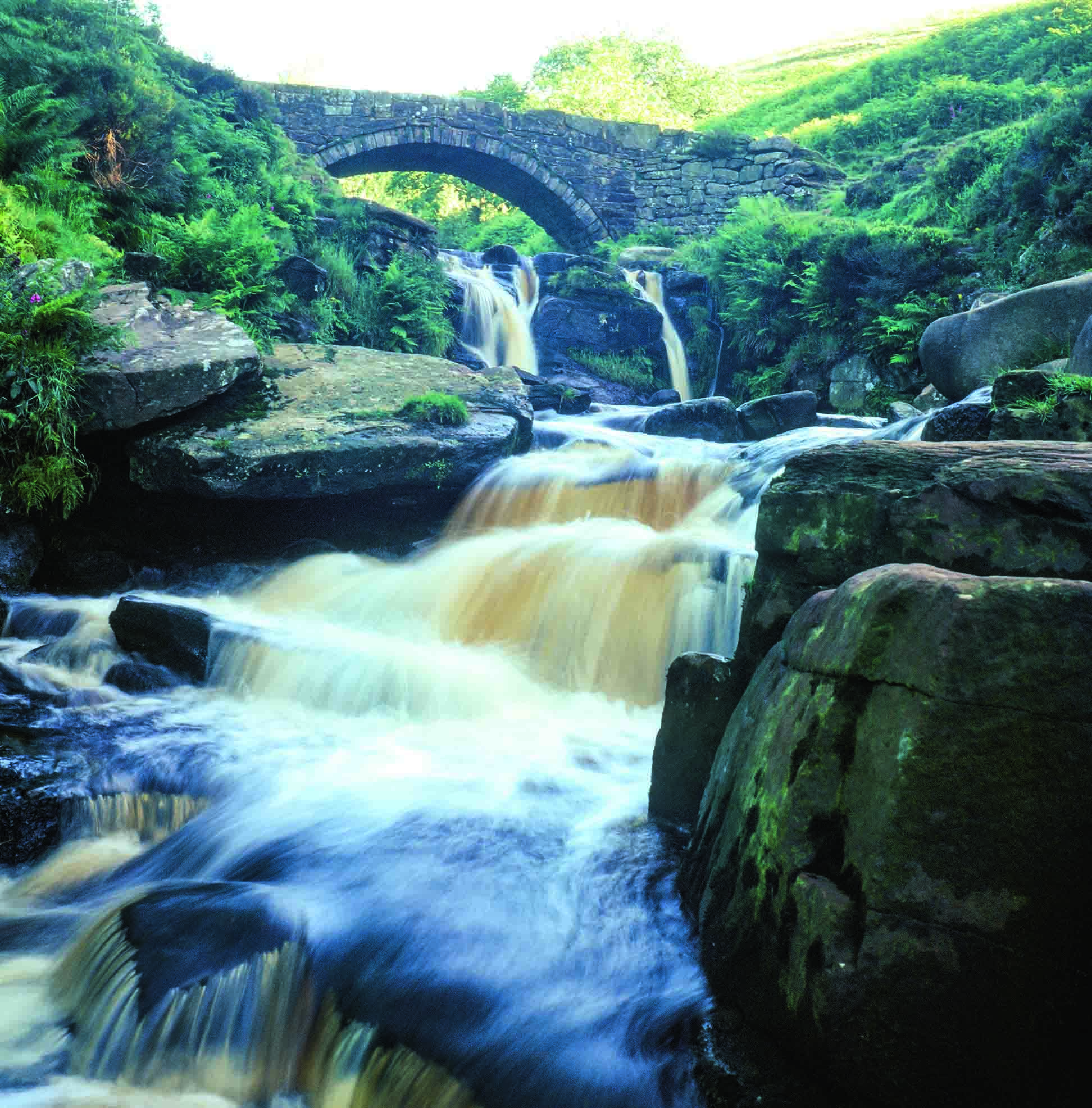
Whether you’re returning to film or a newcomer, this guide offers plenty of advice to get you started
The re-emergence of film has piqued the curiosity of many photographers who want to see and experience it for themselves. If that is you and you are wondering where to start, then read on. Buying a camera Film cameras come in all shapes and sizes, and really can be things of beauty. In fact, part of the unashamed pleasure of film photography is once again getting to use these incredible, decades-old tools.
There is an enormous amount of choice, so what and where to buy will depend on several things. How much risk you are willing to take with your hard-earned cash, how much you are willing to spend, how desperately you want a specific model and what condition is acceptable for you. With no new 35mm or 120 cameras being made, other than plastic Lomo/Holga type models, prices are naturally creeping up as more people want to shoot film. However, there are still plenty of bargains to be had with almost all but a few cameras available at a fraction of their original equivalent sales value. You may be lucky and pick up a bargain in a charity shop, estate sale or car boot sale, but cameras are no longer as prevalent there as they used to be with sellers increasingly savvy to their value.
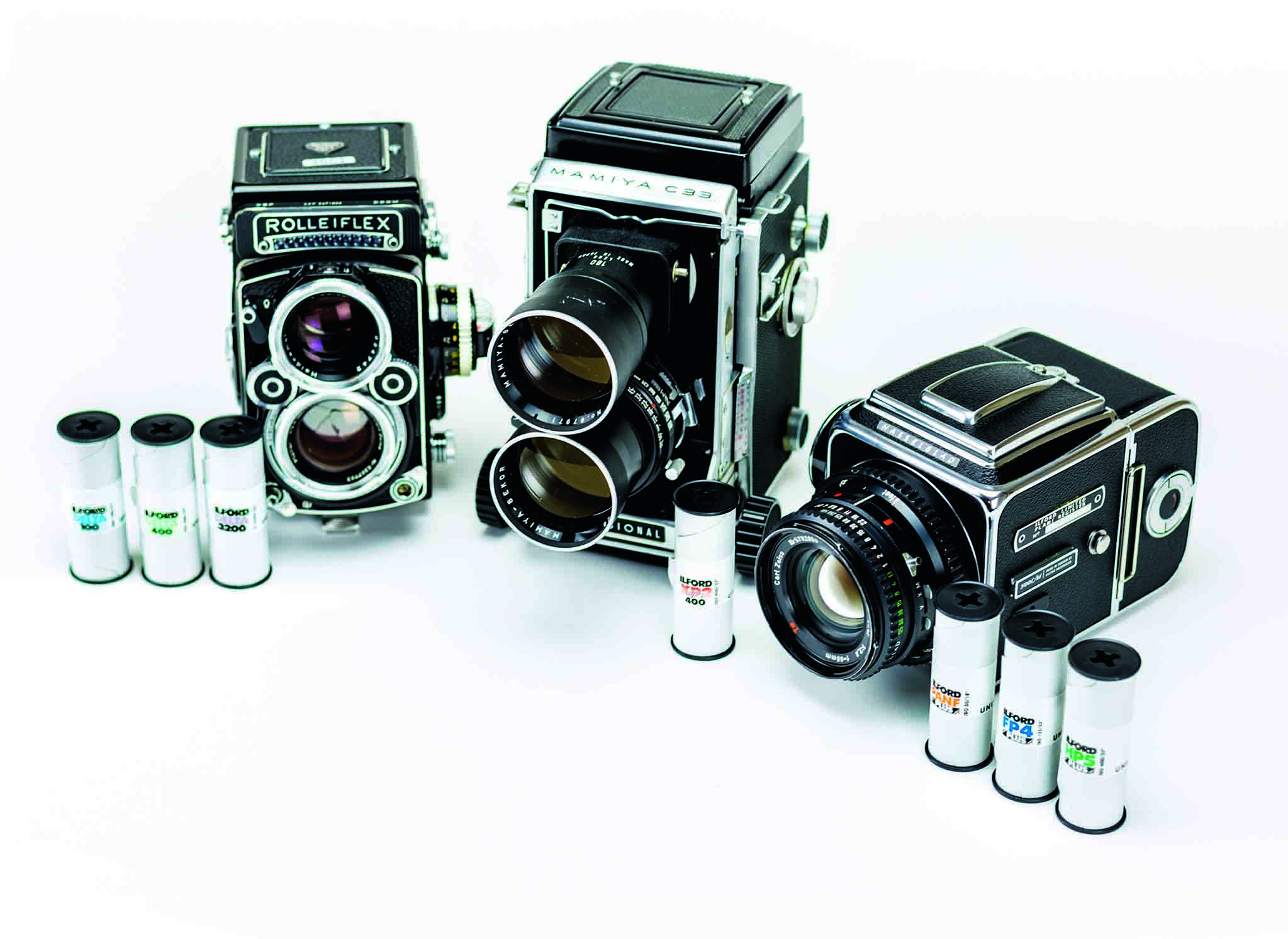
Medium format megastars: Rolleiflex, Mamiya and Hasselblad
Facebook Marketplace is worth checking out for local or regional listings and eBay, as ever, remains an option. Buying anything from sites like these may save you some money but the risk of buying a dud is far greater. Choosing a film Once you have your camera you will of course need to feed it some film. If this is your first foray into film photography, don’t be put off or confused by the amount of choice you are faced with. Each film stock offers a different look or characteristic so either experiment with a few or do some research to see what style and aesthetic suits you and your preferred subject matter. To help you get started check out our film round-up on pages 42 to 45, which includes an overview of what films are available across the three main categories of colour negative film; colour slide film; and black & white negative film.
Developing your film
After shooting some film you will need to get it developed. You can either outsource this to a lab or take the DIY route. Clearly there are pros and cons to both. Labs range from the familiar high street names to specialist, typically independent online businesses.
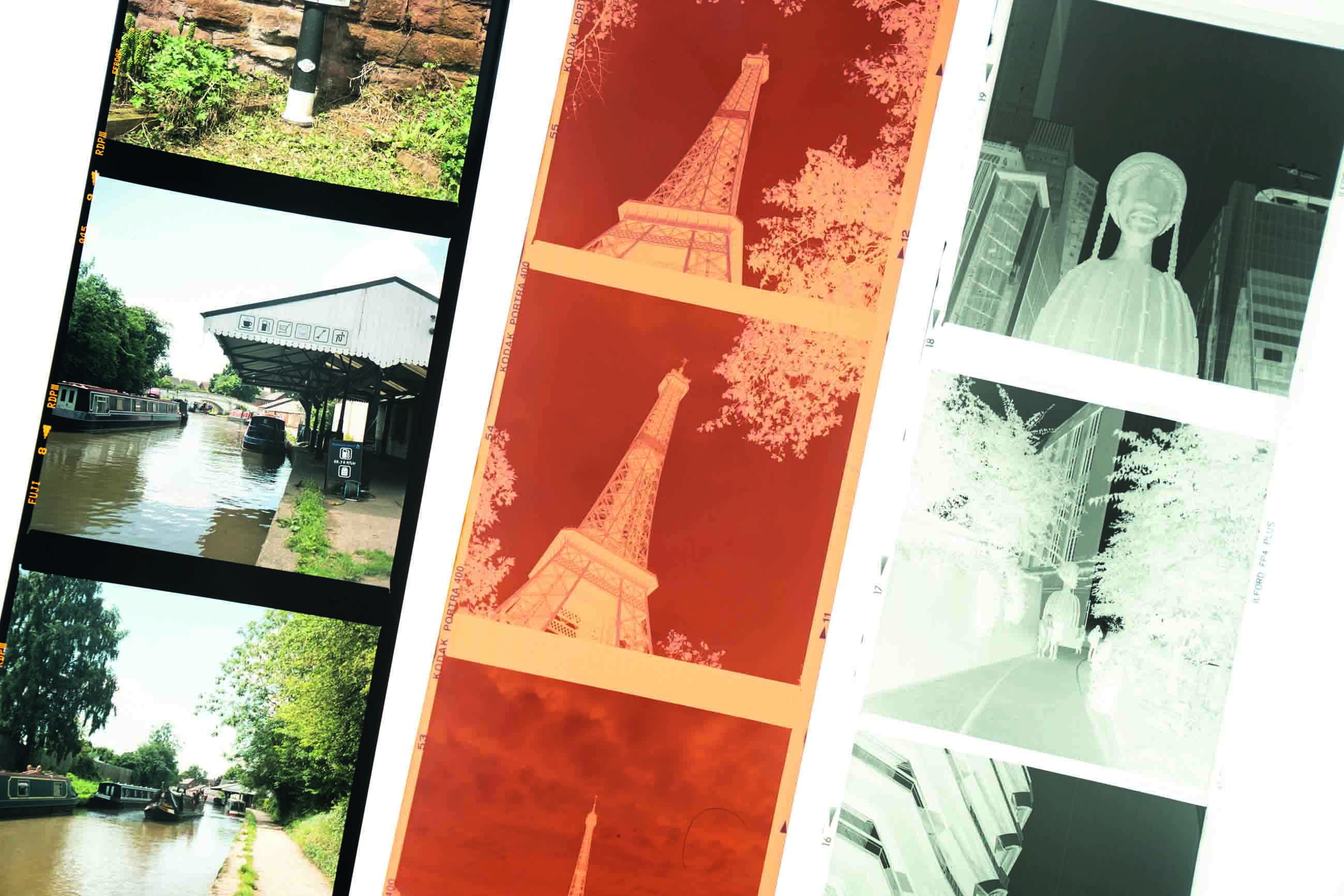
There are three main types of film available: slide film, colour negative and black & white negative
They are convenient and generally failsafe way to get your exposed films developed, scanned and printed with most specialist film labs offering C-41, black & white and E-6 slide film services. While labs can be the more expensive option, the peace of mind and freeing up of time is often worth it for many. You also don’t need to invest in kit or handle and dispose of chemicals. The alternative is home developing, an increasingly popular option as it gives you greater choice over your chemicals. This can be important as certain chemicals can draw out the characteristics of your film or are suited to how you shot it. The DIY route can also be much more economical, particularly once you have invested in the kit. It is also a relatively straightforward process (certainly for black & white and, for those eager to see their images quickly, you can process them as soon as you want).
Digitising your negatives
There has always been a good choice of black & white chemicals but the availability and choice of C-41 and E-6 kits are increasing too. CineStill has new E-6 options to complement its C-41 kits while photo chemical manufacturers Bellini and Tetenal are also tried and trusted names. There are plenty of ‘how to’ videos on YouTube covering all the kit you need and how to use it. For those who don’t go on to print their negatives, a digital file is often the end point of the process with many film photographers now scanning their negatives to share online. Almost all labs will provide a scanning service, normally with a tiered choice of quality and price points covering low res JPEGs to high res TIFFs. For those who develop at home or prefer to scan themselves there are plenty of new and second-hand dedicated film scanners of varying quality. Scanning using a digital camera is also becoming increasingly popular and can give you sharp, high res scans.

Scanning film using a DSLR is a cost-effective alternative to a lab
Our schools and colleges are great at fostering darkroom use but outside of a formal education environment our options are limited to home or community darkrooms. Pre-Covid there was an increasing number of community darkrooms opening their doors for rentals and classes. These are an excellent option for anyone wanting to learn printing or perhaps lacking the space or equipment for a home darkroom. Ilford will soon be launching a community darkroom finder on its website.

Home processing is an increasingly popular option and only requires a few affordable pieces of equipment
Setting up a darkroom at home offers a different level of convenience and is far more straightforward than people think. Some rooms are relatively easy to blackout or you could invest in a pop-up tent. An Eskimo fishing tent or inside-out hydroponic tent will often do the job. There are also plenty of inspirational examples of darkroom shed conversions! Once you have the darkroom complete with paper, chemicals, trays, enlarger and other necessary accoutrements – all readily available new or second-hand – there is then no shortage of excellent learning resources online to get you printing. It is hard to imagine, such was the speed and ferocity of decline, that in 2020 we would still be reading articles about film photography in anything other than a nostalgic throwback. But thankfully we are and what is more, we can still enjoy and experience this almost forgotten medium, not out of necessity for lack of alternatives as once was, but because we choose to.
Buying advice
If buying from unverified vendors such as eBay or Facebook sellers then carefully check the wording in the listings (some say ‘for repairs and parts only’). Try to buy from someone who has film-tested the camera and has a good idea of what they are looking for. Working meters and shutters, fungus-free lenses, film transporting as it should and so on. You can always replace seals and send the camera for a CLA (clean, lubricate and adjust) but buying a cheap broken camera may not be worth the additional cost to repair.
An alternative to these sites is a professional photographic retailer that specialises in buying and selling used film cameras. My closest is Real Camera in Manchester and Liverpool who have a great selection and very knowledgeable staff. An excellent online equivalent is Finnish company KameraStore.com and its sister company Camera Rescue who have sourced, tested, and now sell the biggest selection of used film cameras in Europe.
While you may pay a bit more with a specialist retailer, the cameras will be checked before selling and usually come with a short guarantee. That extra security and peace of mind is often well worth the additional outlay.
Film formats
Over the years there have been many formats of film that have fallen away and now only exist, if at all, as expired film. This includes 116, 616, 126, 220, 828, and the relatively recent APS (1996 to 2011). Three main formats remain that cater to the vast majority of film cameras in circulation, while a small number of older formats are still available but usually hand cut, spooled and rebranded from other films.
135 cassettes
135 (35mm) cassettes are lightproof and contain perforated film long enough for either 24 or 36 exposures of 24x36mm frames. This is the format most people associate with film and is the most widely used with approximately 150 different options currently available.
 120 roll film
120 roll film
120 (medium format) roll film, dating back to 1901, is available for many popular brands and contains a length of paper-backed film tightly wrapped around a spool. Frame sizes and number of exposures vary depending on the camera: 6×4.5cm (16) 6x6cm (12), 6x7cm (10), 6x9cm (8).

Sheet film
Sheet film (large format) are individual sheets of film with edge notches that indicate the emulsion side. They need to be loaded into film holders (in complete darkness) before use and are available in a range of sizes with 4x5in, 5x7in and 8x10in the most prevalent.
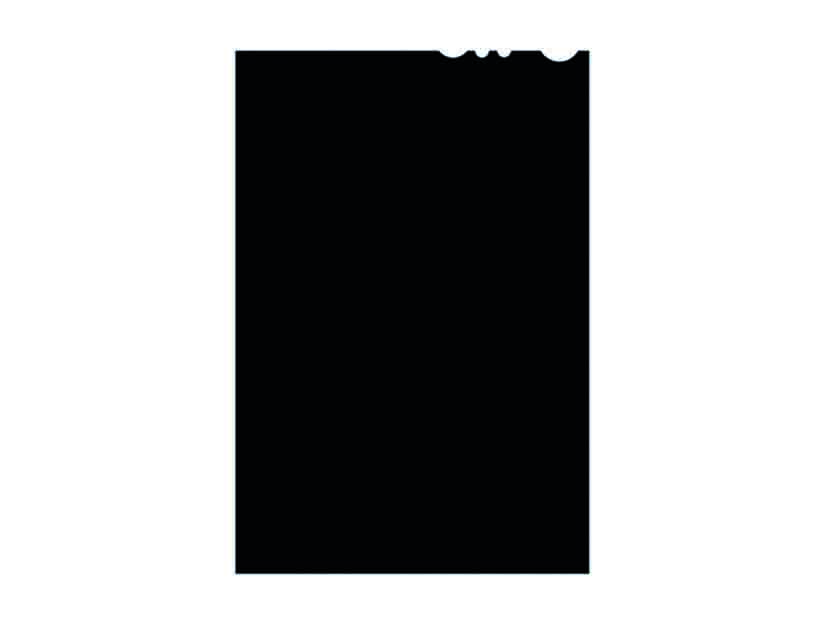
Metropolis 110
This tiny film format comes in pre-loaded cartridges and produces negatives half the size of 135 (35mm) film. Kodak introduced it in 1972 to make loading film easier. Now only Lomography produce new films in this format.
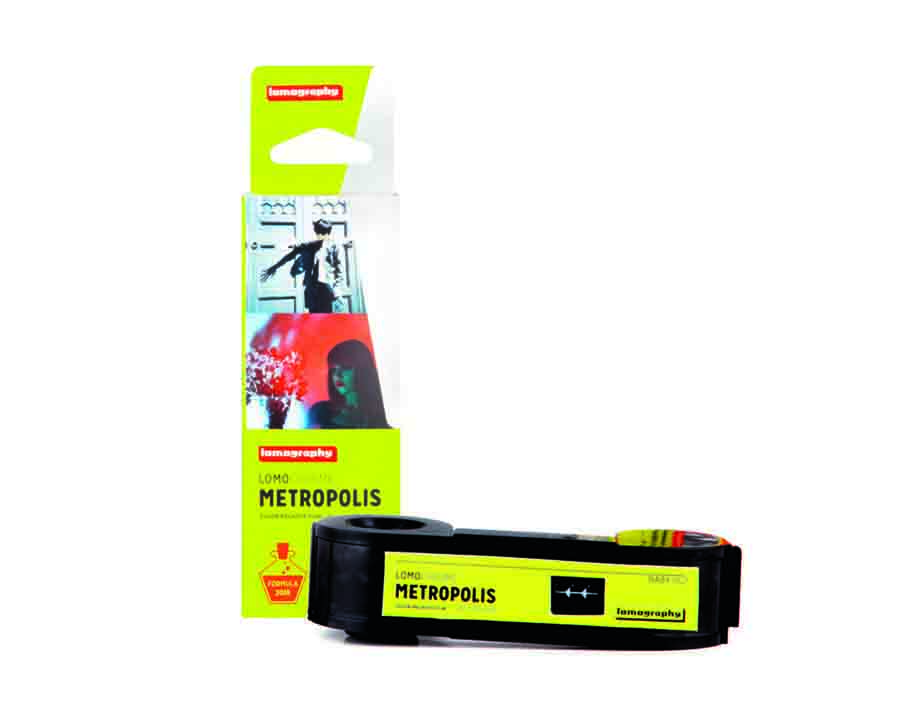
127 roll film
Sitting between 135 and 120 in size, 127 is an old format of paper-backed roll film dating back to 1912 that is also known as Vest Pocket film after Kodak’s folding camera. It can now only be found as cut down and rebranded 120 film.

620 roll film
Dating back to 1931, 620 is another form of roll film with the same dimensions as 120. The key difference is the size of the spool. You can find 620 spools online to respool 120 film yourself or purchase a limited number of pre-spooled rebranded films.
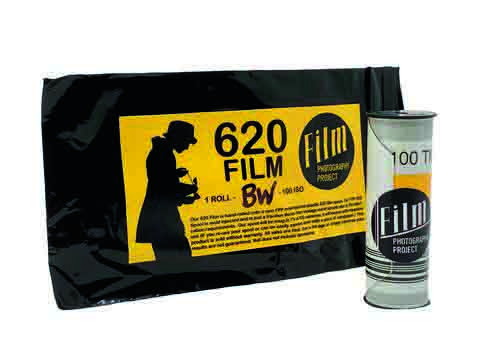
Spy film
A throwback to something out of a ’60s Bond film, it is still possible to buy 8x11mm spy film. Minox has repurposed existing films into its tiny format to work with its close focusing brand of spy cameras.
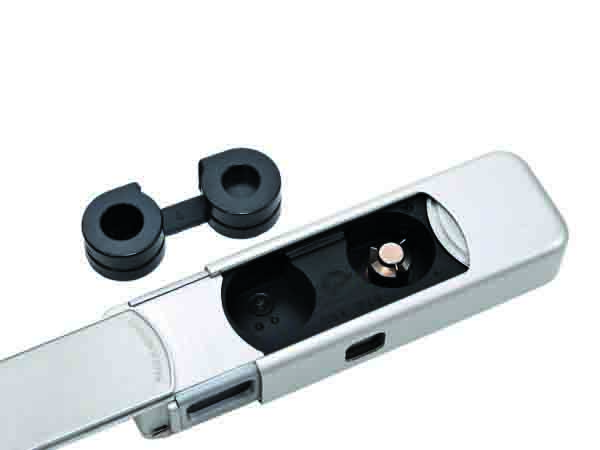
Resources for education & inspiration
From the pages of Amateur Photographer to a plethora of blogs, YouTube channels and podcasts, there are now plenty of ways to absorb regular fixes of content that will support or enhance your enjoyment of analogue photography.
In addition to the options below I would encourage you to check out the ilfordphoto.com website and social channels as these are great resources for ongoing education and inspiration.
Blogs
Blogs are a great way to stay inspired with reviews, camera porn (yes, that is a thing), education and resources. Emulsive.org is a superb film focused site while other excellent blogs include 35mmc, Japan Camera Hunter and Casual Photophile.
YouTube
Videos are a fantastic way to learn film photography but can also serve up healthy doses of inspiration to keep us shooting. Some channels worth checking out include Nico’s Photography Show, Matt Day, Mat Marrash (Large Format), Grainydays, Nick Carver and Shoot Film Like a Boss.
Podcasts
Podcasts are easy listening and do a wonderful job of keeping the community connected through engaging discussions and interviews with photographers and brands. Sunny16, Studio C41, Film Photography Project and Analog Talk are among the best.
Forums
Some photography forums can be quite toxic places but thankfully the film community is generally very supportive and members are usually quick and keen to share their knowledge and expertise. Photrio in particular has some very knowledgeable members.

